Imagine a painting so powerful and masterfully executed that for centuries, the world believed it was the work of Rembrandt. This is the story of the Study of the Head and Shoulders of an Old Bearded Man Wearing A Cap, a breathtaking piece of Baroque art from circa 1629. For years it was celebrated as a work by the master, but its true creator was his brilliant contemporary, friendly rival, and Leiden studio-mate: Jan Lievens.
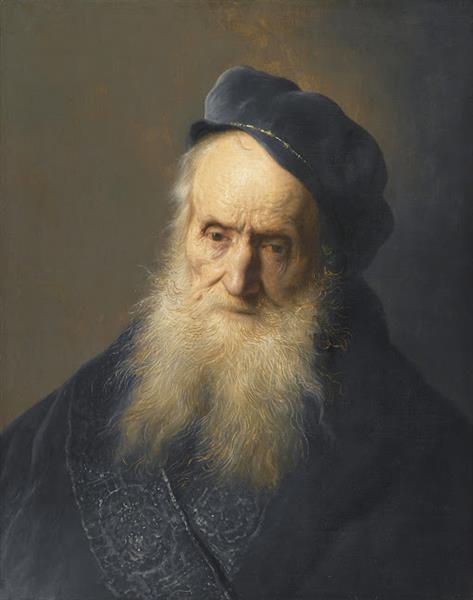
This captivating work is more than just a portrait; it’s a tronie, a unique genre that delves into the very essence of character. It also serves as a crucial document of one of the most fascinating artistic partnerships in history, capturing a moment when two geniuses worked side-by-side, pushing each other to new heights.
What is a Tronie? More Than a Portrait 
In the bustling art market of the 17th-century Netherlands, a new type of painting became popular: the tronie (an old Dutch word for ‘face’ or ‘expression’). Unlike a formal portrait, a tronie was not a commission to capture the likeness of a specific individual. Instead, it was a character study, where artists used live models to explore:
- Human emotion (joy, sorrow, contemplation)
- Interesting character types (soldiers, scholars, exotic figures)
- The effects of age
Lievens’ Study of an Old Man is a perfect example. The subject isn’t the man’s identity, but old age itself—its inscribed wisdom, physical fragility, and quiet dignity. These works allowed artists like Lievens and Rembrandt to hone their skills and create deeply resonant art for the open market.
The Leiden Rivalry: A Shared Genius 
To understand this painting, we must travel back to Leiden around 1629. Jan Lievens and Rembrandt van Rijn were young, ferociously talented prodigies. They worked so closely that they shared techniques, ideas, and even models.
A Shared Model
The elderly man in this painting was a favourite face in their circle. Lievens painted him on other occasions, and Rembrandt used the very same model for his 1628 masterpiece, Two Old Men Disputing. This shared model is physical proof of their close collaboration and creative dialogue.
Huygens’ Judgment
At the time, it was far from certain that Rembrandt would become the more famous artist. The influential diplomat and art connoisseur Constantijn Huygens wrote extensively about the pair in 1629, famously bracketing them together as equals. He praised Lievens for his “grandeur in conception and daring of subjects,” but also noted that “in painting the human countenance he wreaks miracles.” This painting is a testament to that miraculous ability.
An Intimate Look: Analyzing the Painting 
While long mistaken for a Rembrandt, this work showcases Lievens’ unique power. He creates a deeply sensitive and human portrayal, inviting us to contemplate the life story etched into the man’s face.
Lievens renders the physical signs of a long life with unflinching honesty and profound empathy. Look closely, and you can see his left eye is reddish and the muscles of his cheek are slack, details that suggest he may have suffered a stroke. This is not just a study of a “type”; it’s a portrait of an individual’s lived experience.
Technique: A Tale of Two Brushes
In this period, Lievens’ and Rembrandt’s techniques were remarkably similar. Both artists favoured:
Dramatic Lighting: A strong, diagonal light source illuminates one side of the face, while the other falls into deep, contemplative shadow. This technique, known as chiaroscuro, adds immense psychological depth.
Textural Brushwork: Both masters famously used the handle of the brush to scratch into the wet paint, especially in the beard and hair. This creates an incredible sense of texture and realism that you can almost feel.
Where Lievens often distinguished himself was in scale. His tronies from this period tend to be on larger panels, with the figure filling more of the canvas, giving his subjects a powerful, monumental presence.
Key Facts at a Glance
Artist: Jan Lievens (1607-1674)
Title: Study of the Head and Shoulders of an Old Bearded Man Wearing A Cap
Date: circa 1629
Medium: Oil on panel
Style: Baroque
Genre: Tronie
Location: Private Collection
The Legacy of a Rediscovered Master
The journey of this painting—from a “Rembrandt” to its correct attribution to Jan Lievens in 1911—tells a fascinating story about fame and art history. While Rembrandt’s reputation eventually eclipsed his rival’s, works like this prove that in the crucible of their Leiden studio, Jan Lievens was every bit his equal. This quiet, powerful face is not just a study of old age; it’s a window into the soul of a rediscovered Dutch master.
Recommend0 recommendationsPublished in Art History, Artworks
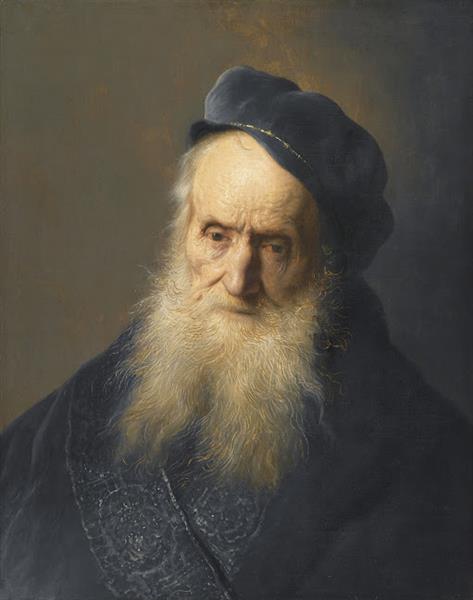




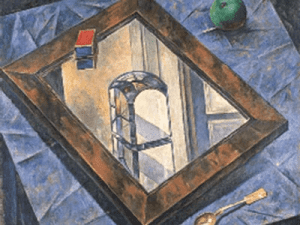

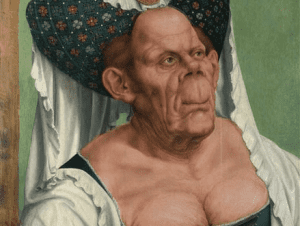
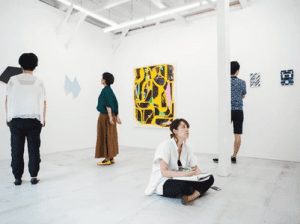
Responses